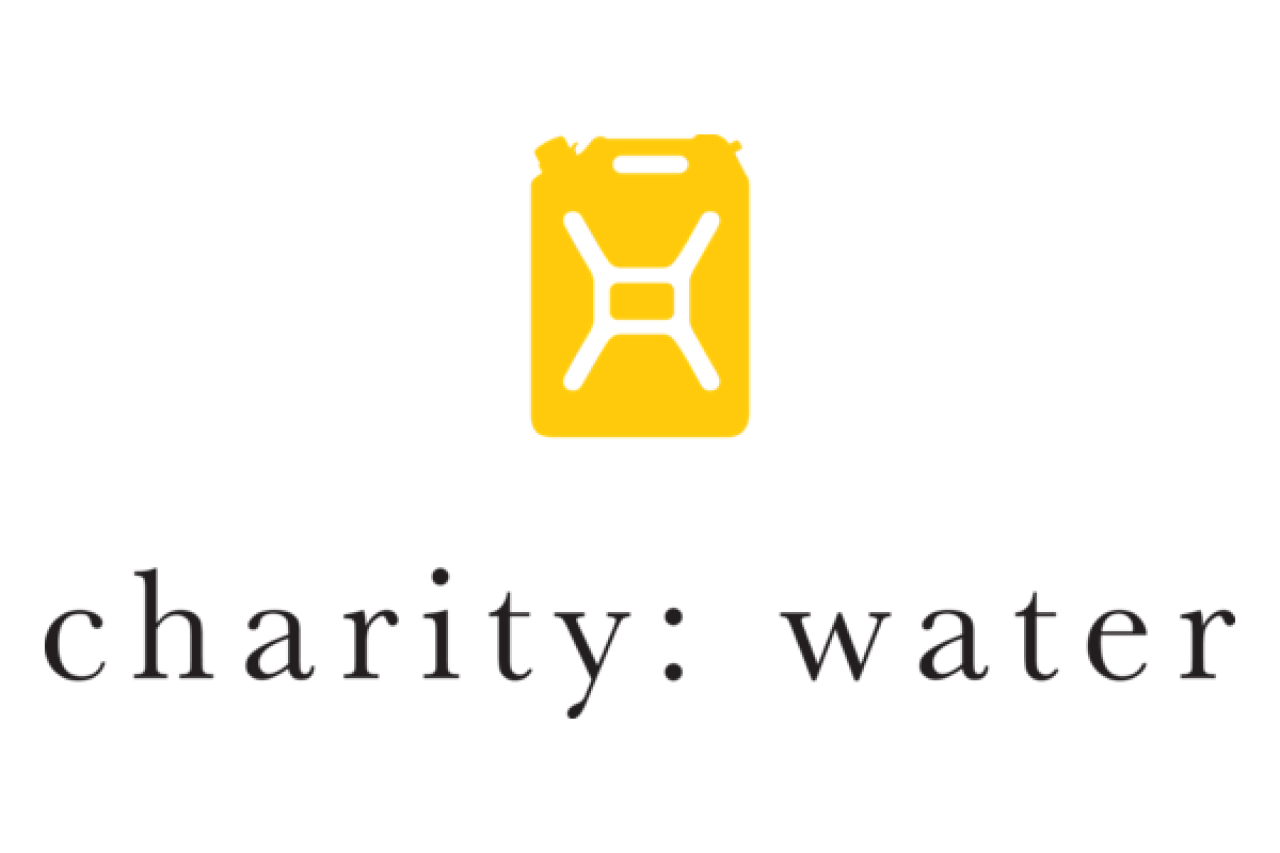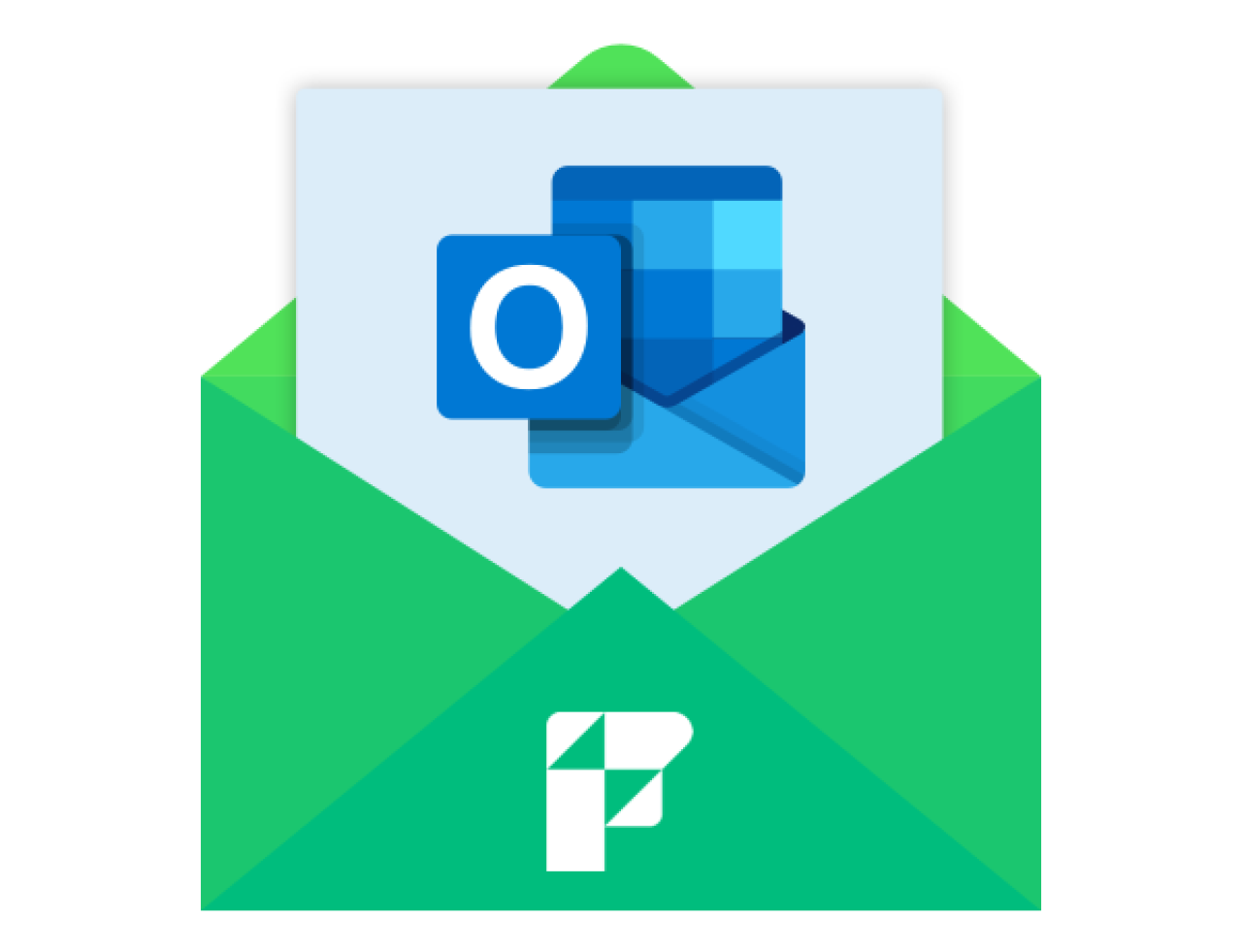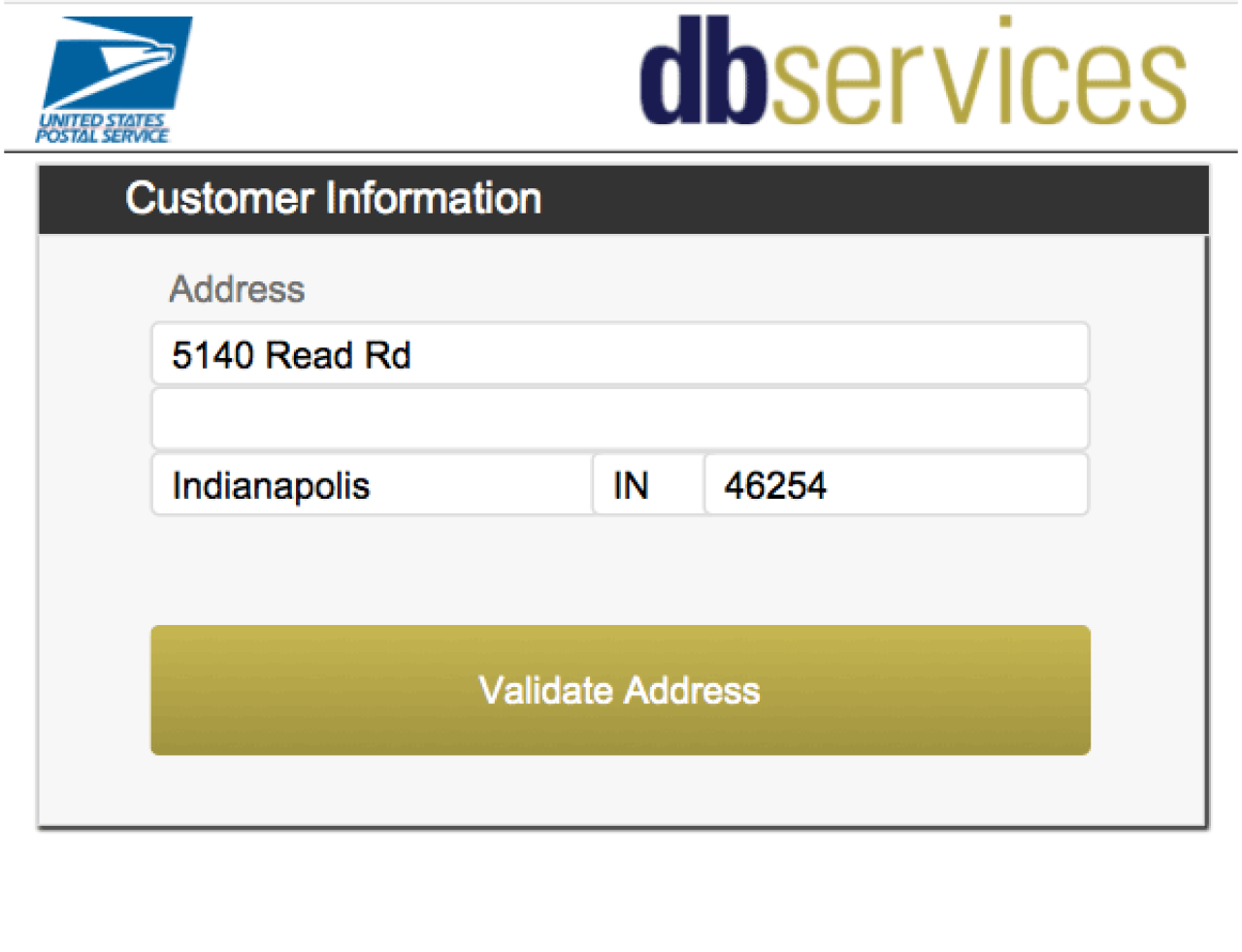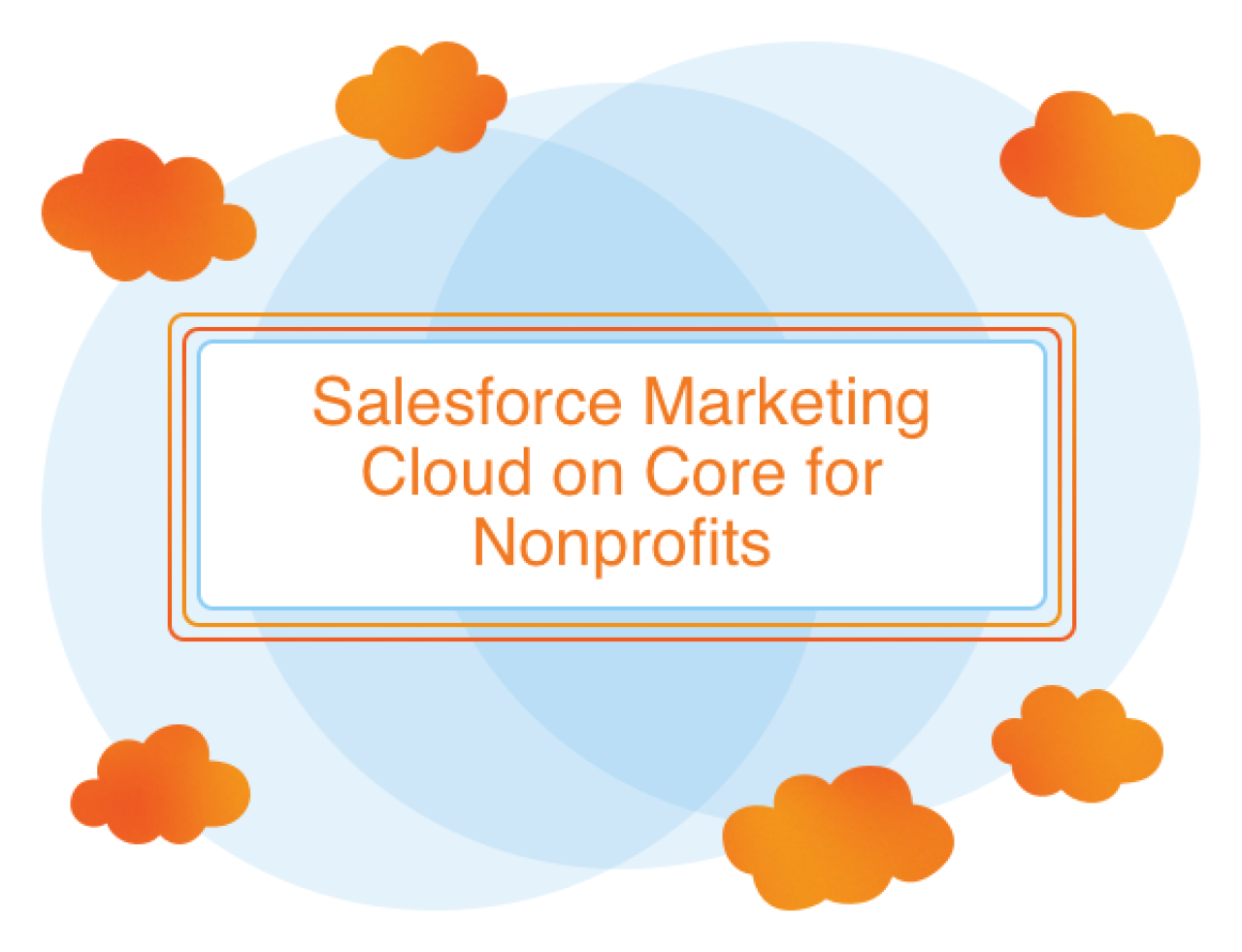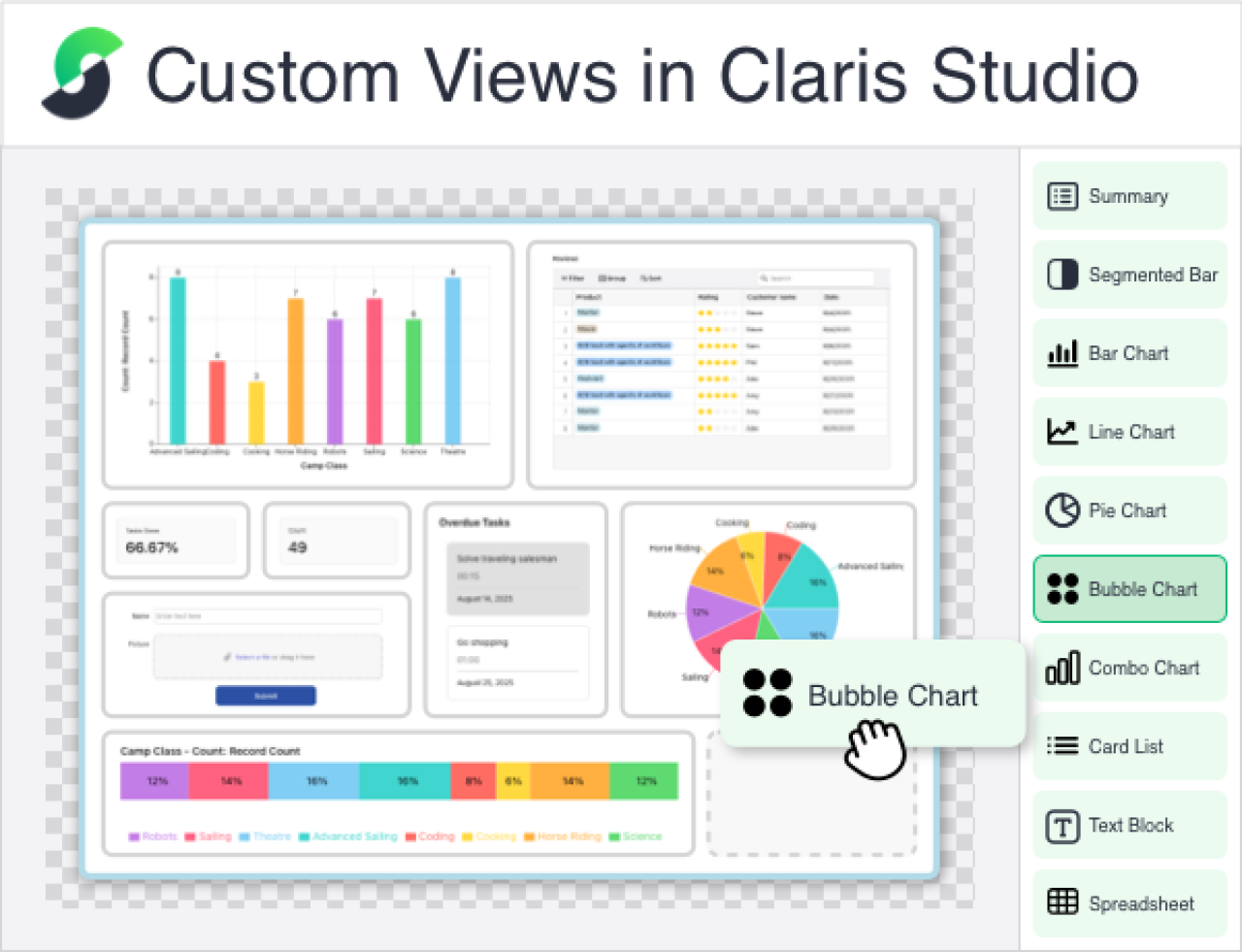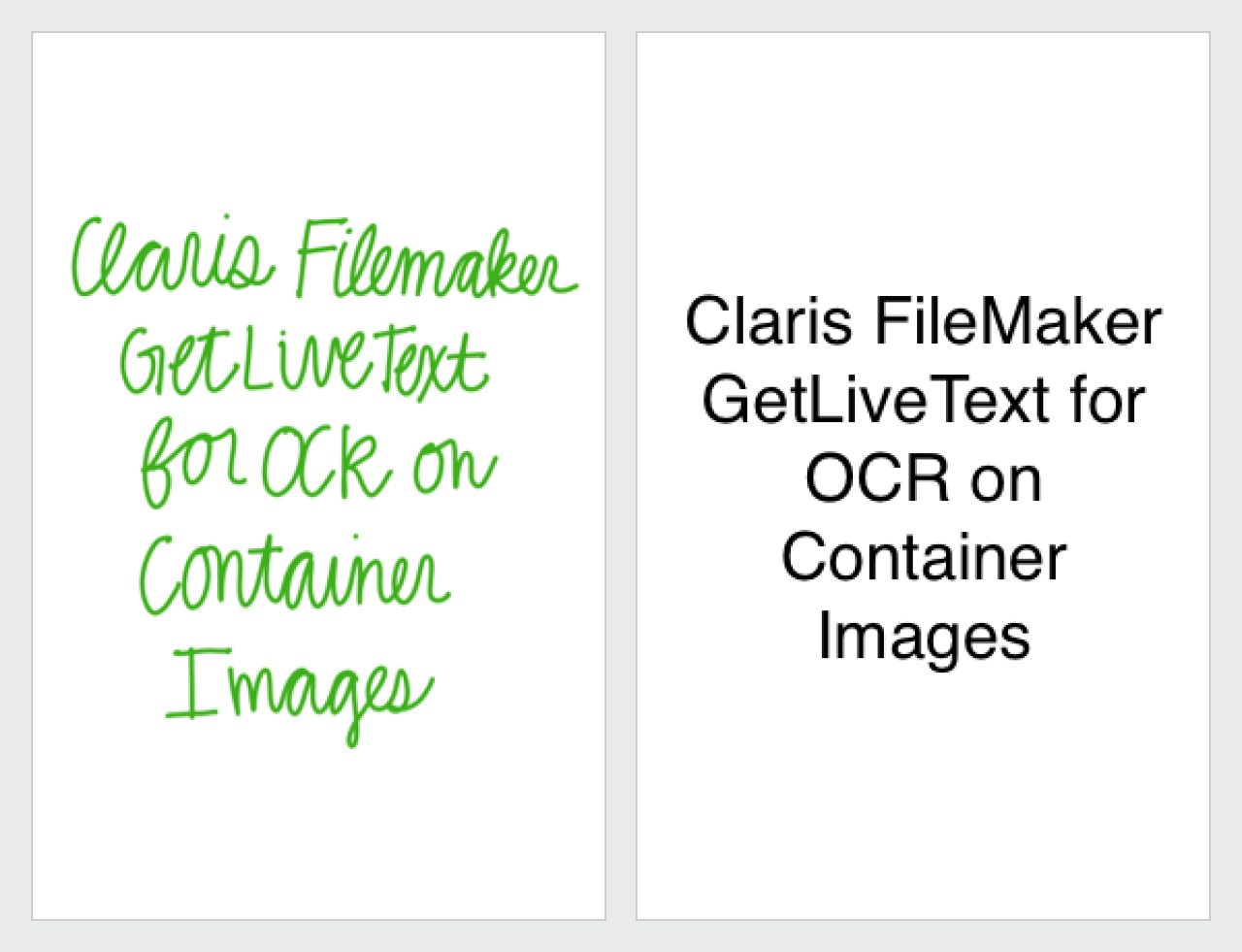
Since its introduction, the FileMaker OData API has significantly advanced, with new features and further compatibility with recent OData releases. Since our last discussion on OData, various latest features have been introduced, and optimizations have been made, including further integration of OData 4.0.1 features such as casting, parameterization, and nesting. We'll cover these updates and how they can enhance the OData experience in your FileMaker solution!

What Is OData
OData, or Open Data Protocol, is an open protocol that allows the creation and consumption of REST APIs in a simple and standardized way. It stands out from other REST models because it provides a uniform data description and allows for simpler API builds without focusing on service-specific endpoints and syntax.
What's New
The highlights of the OData API's recent updates include:
Casting - Users can now explicitly declare the data type they want their results to be, without custom handling to parse and format
Parameterization - Arguments for OData queries can be passed dynamically with a simple parameter placeholder
Nested Queries in Selects and Filters - Requests can now be nested to allow for searching for more specific data in one request
Aggregate functions - Several aggregation features have been implemented, allowing for more precise control and summarization of returned data.
Casting
Initially introduced in Claris FileMaker Server 21.1, the OData API has functionality to explicitly typecast your data - no more uncertainties about what you'll be working with in responses! The best part is that this can be done with a straightforward addition to your OData query - after adding the field you want to target, by adding "/Edm.*type*" you can have the API return your result as the specified datatype. OData's Entity Data Model defines these types. Below we have two OData calls, the first fetching the start date of a business as-is and the second casting the returned date as a number, allowing for straightforward numerical operations without building additional functions to convert the data. As a whole, this leads to a reduced need for the application receiving data through the API to have custom functions and handling built out for supported data types - timestamp to date conversions, number to string, and many others are all handled by this simple addition to the call!




Parameterization
Also introduced in 21.1, argument parameterization allows for more readable query writing by utilizing placeholders for search strings and passing them at the end, without concatenating a bunch of strings together to insert all your requirements, and allows for reusable arguments. The main limitation is that, as of version 22.0, the FileMaker OData API only supports this functionality in the $filter directive. Below are two OData queries, one utilizing parameterization of our search string and the other explicitly inserting it. If we were to write these in FileMaker, the query string without parameterization would require multiple concatenations if the search string were meant to be dynamic. Still, with parameterization, we only need to append the text once at the end, making for simpler code with no detriment to readability or formatting of the query itself.


Nested Queries
While not entirely new, nesting additional query options in selects and filters has gotten a boost. It allows for more detailed queries to be written more intuitively by keeping related fields under their parent query action and giving the ability to perform searches on associated data. Take the examples below. One query searches for nested data to find all companies with a Seattle location, while the other has to rely on a calculation I created just for this one use.


Looking at these, while the calculation could be helpful and give a shorter query, we wouldn't want a new one for every individual-related field we may be looking for a match on. A nested query structure means we don't have to, which lets us dig into the data structure. The only limitation in how you fetch this related data is that the relationship you go through has to exist on the FileMaker relationship graph.
Additionally, nested queries can let us get the related records through the same query rather than needing a separate query to get the associated data sources after we fetch our main records. Expanding on the example above, what if we wanted to list the street addresses of the locations where we found companies? With nesting, we can get those in the same initial query already mapped to the corresponding company. This is done through expanding the nested query, giving us an additional array of location data inside our company results. The query and response below provide an example of both the query to fetch the related data of your choosing, in this case, the street address, as well as one of the response objects, being the company with each matching location's related data as a child of the main company.


Aggregation
The final feature we'll be going over, new to the freshly released FileMaker 2025, is the implementation of aggregation functions. These functions let us further manipulate the shape of our FileMaker data - combining fields, summarizing, grouping, and more - all directly in our queries. Building on our prior examples of various companies and their addresses, we need to know the highest revenue for each company's location, as seen in the following example. We'll get the highest revenue and split it by company, returning the specified values.


While FileMaker currently only allows simple aggregation requests (we can't apply further filters or selects to this; we would take this data and make an additional request to the API), future updates should allow for more complex aggregations and groupings. As it is now, though, aggregation will still greatly enable us to shorten queries for datapoints like the above.
Conclusion
FileMaker has been making strides in increasing compatibility with OData and aligning the OData API with current standards. These recent updates have expanded possibilities when querying data, providing FileMaker developers with new tools that increase efficiency and upgrade flexibility. Don't hesitate to contact DB Services if you want to upgrade your FileMaker server or have questions regarding OData for FileMaker Server 2025.
Did you know we are an authorized reseller for Claris FileMaker Licensing? Contact us to discuss upgrading your Claris FileMaker software.
Download the Claris FileMaker OData 2025 File
Please complete the form below to download your FREE FileMaker file.

